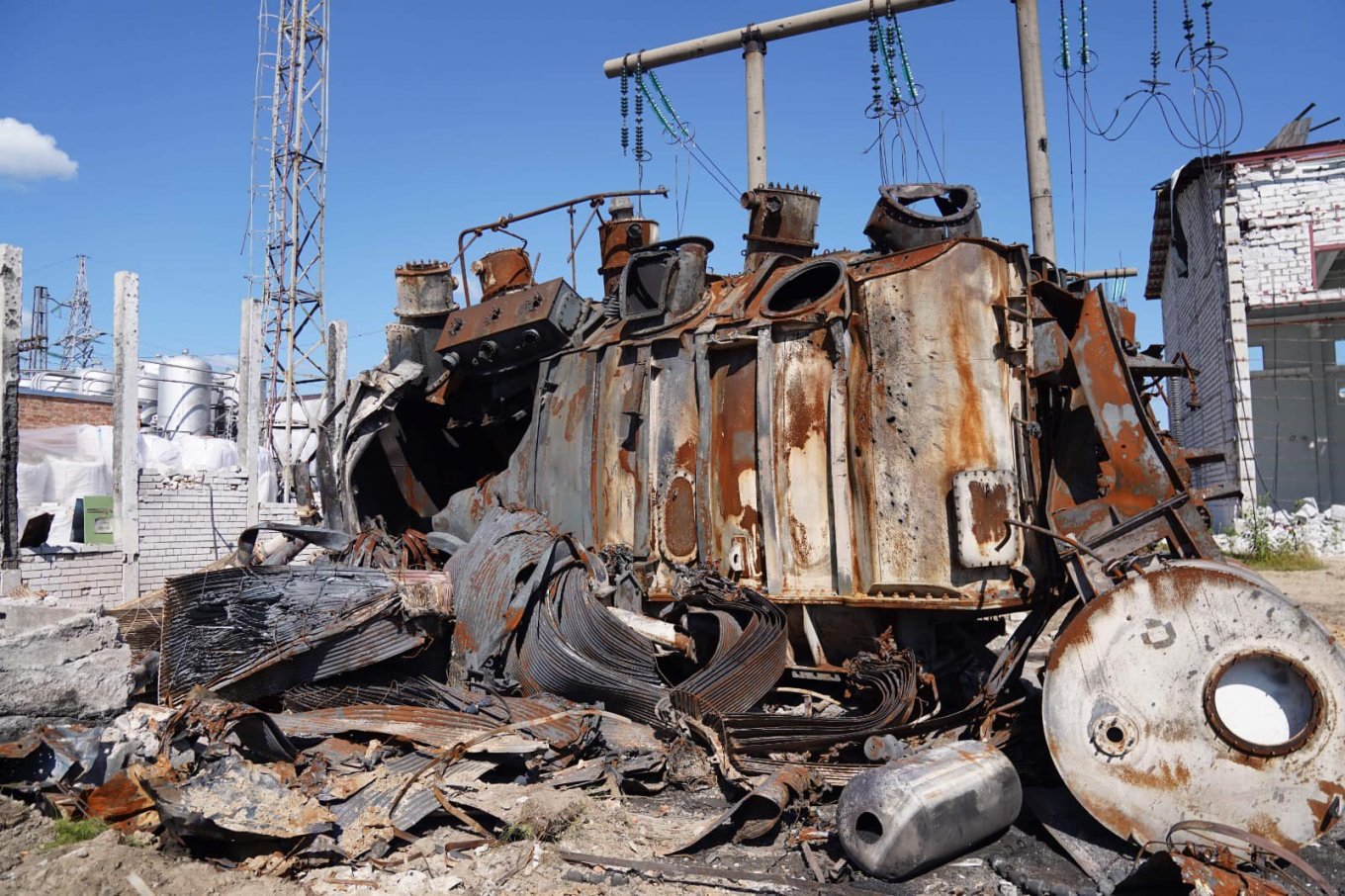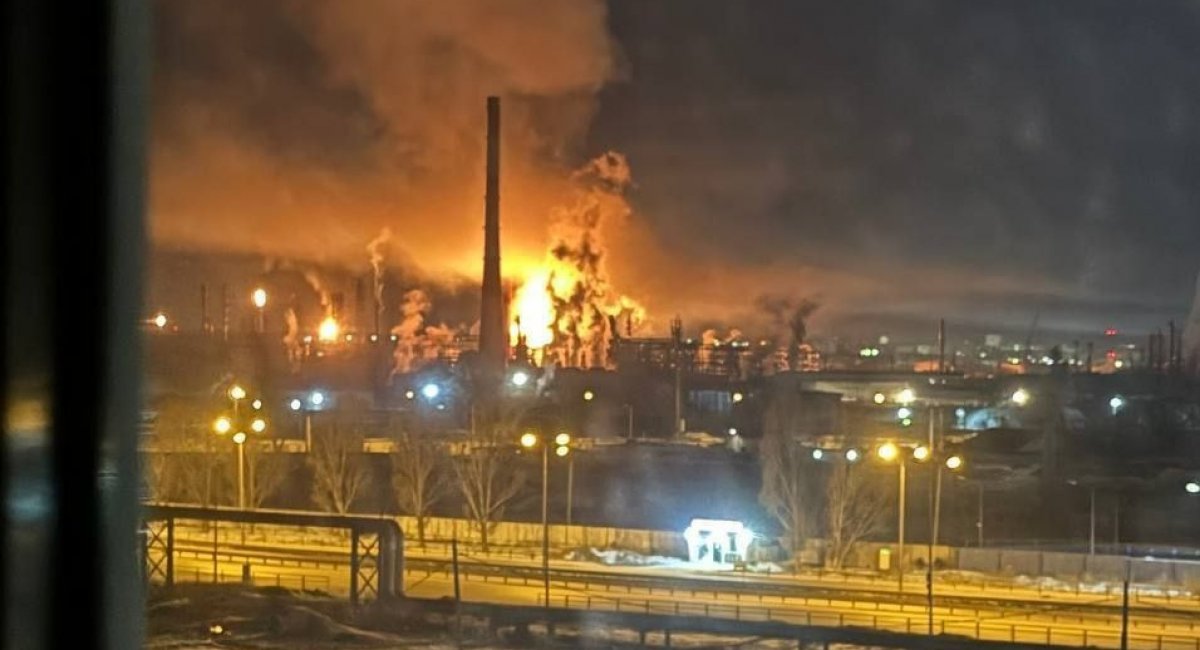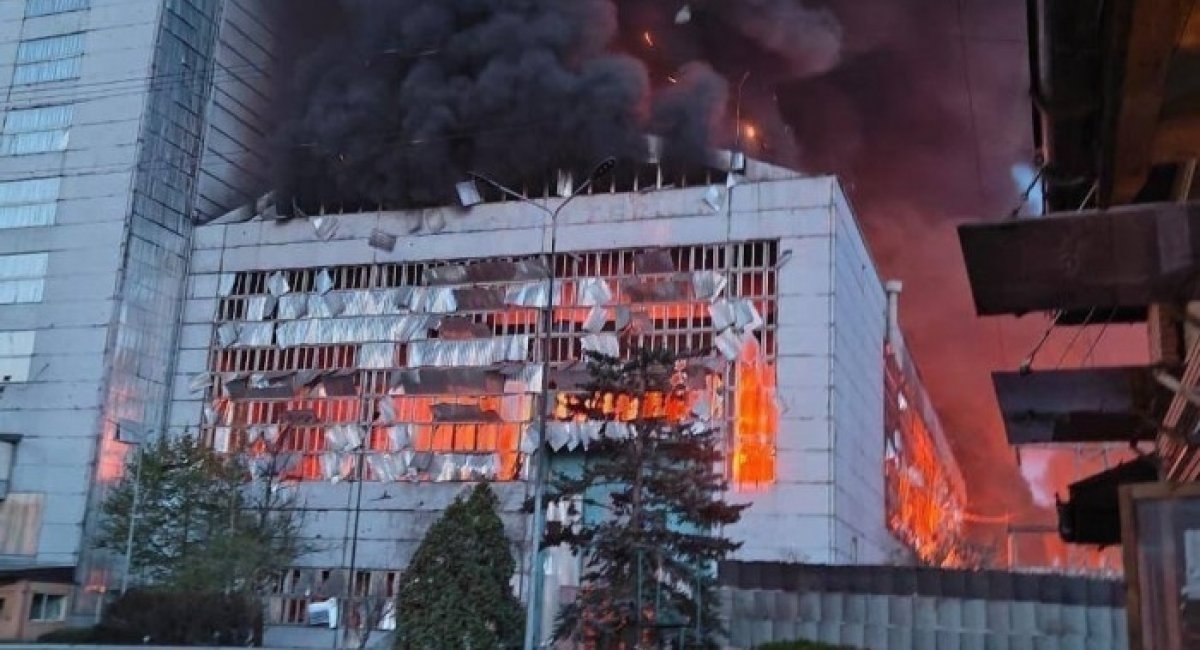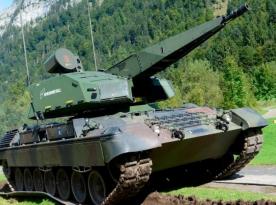After the russian attack on Ukrainian energy infrastructure on the night of October 10, 2025, which caused power outages in some regions of Ukraine, calls for retaliatory strikes against russia naturally spread throughout Ukrainian society.
Read more: Ukraine's FP-1, Liutyi, and E-300 Drones Have Come Under Fire from russian Interceptor UAVs
Against this backdrop, the question arises: is it realistic to disable russia's energy infrastructure and cause blackouts across entire regions? Ukraine's experience may provide the answer to this question.
It is important to note that the partial blackout in Ukraine did not result from a single, far from record-breaking russian strike. It is the result of methodical, concentrated enemy attacks during several campaigns of strikes, which have been ongoing since October 2022.

These strikes caused critical damage to power plants, including both thermal (Trypilska TPP) and hydroelectric facilities (the Dnieper Hydroelectric Station). Power substations and other critical infrastructure were also extensively damaged.
It is possible to imagine how many hundreds of cruise and ballistic missiles, as well as thousands of long-range drones, russians have used for this purpose over the past three years. Although it is unlikely that it will be possible to calculate the exact number.
It is worth noting that war is a contest of resources, and victory usually goes to the side that either has more of them or makes better use of fewer.
With more long-range weapons at its disposal, russia can systematically strike energy infrastructure, gas production facilities, defense enterprises, and even residential areas.
At the same time, Ukraine has made a pragmatic bet on damaging russian oil and gas infrastructure, as oil refineries can be effectively disabled with a drone carrying a 50 kg warhead.

Thanks to methodical, concentrated attacks during several campaigns, which have been ongoing since June 2022 (when the Novoshakhtinsk oil refinery was hit), Ukraine has also achieved corresponding results. They have already led to the Kremlin losing oil revenues, a reduction in oil production, and a gasoline shortage in russia.
However, it is unlikely that the destruction of russia's oil refining infrastructure can be considered complete — especially given that such strikes must be methodical, as the enemy keeps repairing damaged facilities.
This presents a dilemma: either to redistribute the obviously limited long-range strike assets toward other target classes, or to sustain strikes against targets that demonstrably damage the adversary and consolidate those gains.
Ultimately, it will be easier to find an answer to this question if Ukraine obtains additional long-range strike capabilities like its own cruise missiles in sufficient quantities, or Tomahawks. However, this assessment does not consider the option of striking russia's defense industrial facilities.
That is why decisions about allocating long-range weapons must be made with a cool head.
Read more: Ukrainian Phoenix Border Guard Unit Eliminates around 50 russian Soldiers in Series of Precision Drone Strikes (Video)














